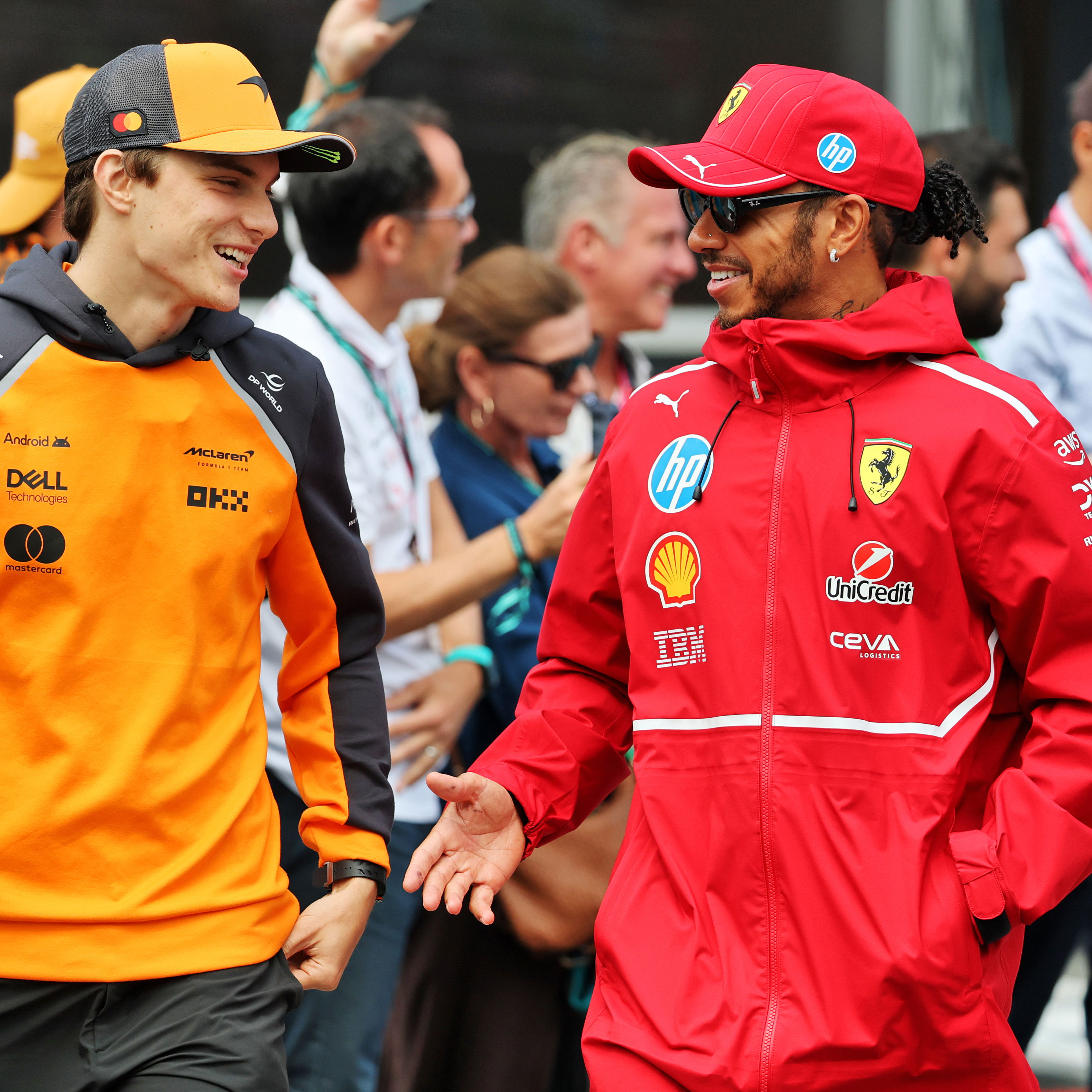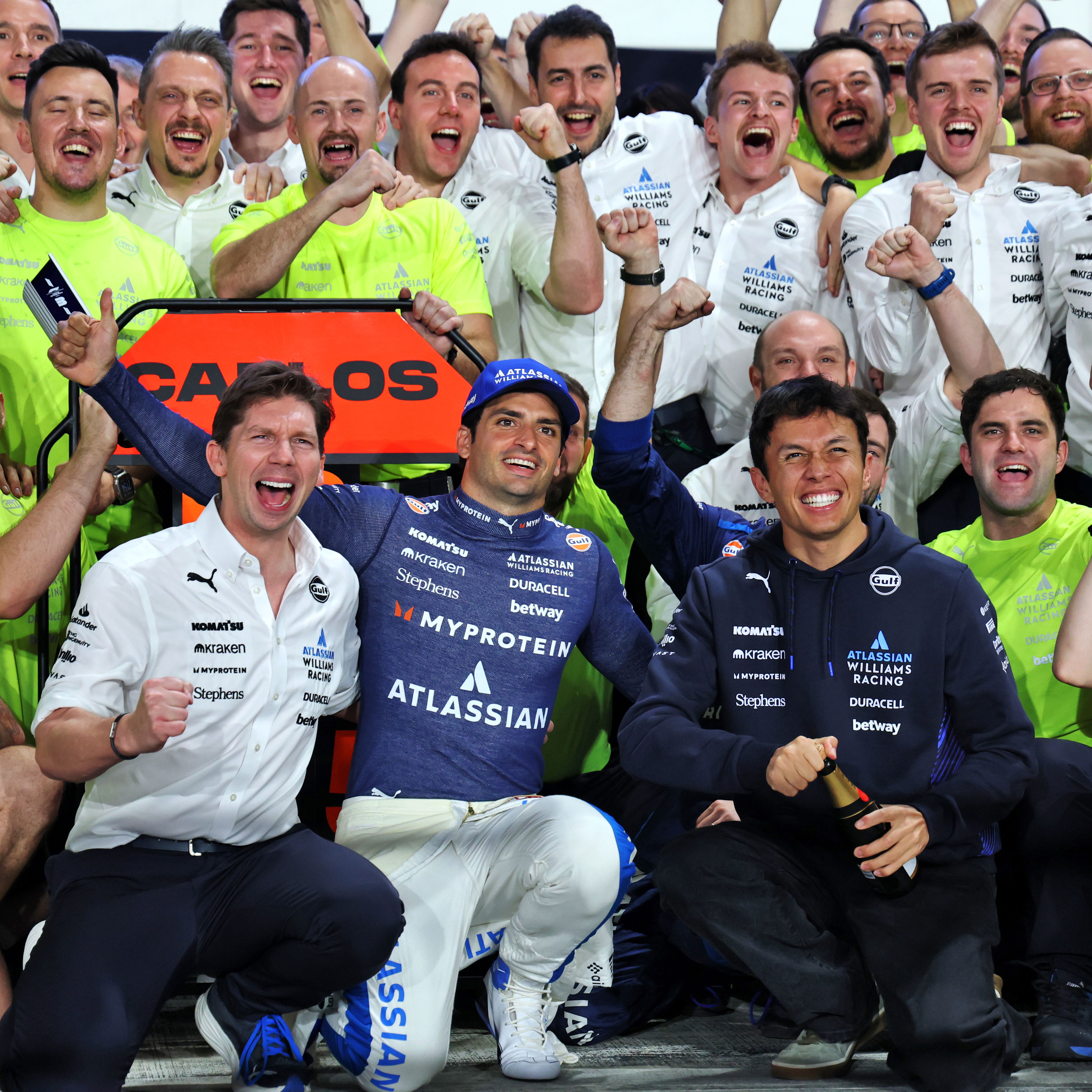MotoGP needs to do some soul-searching after latest tyre pressure debacle at Brno
The Czech Grand Prix sprint was impacted by yet more tyre pressure dramas, almost costing Marc Marquez victory. It’s not the first time this has happened, and will likely happen more before the end of the Michelin era. MotoGP must now work to ensure this farce is never repeated in the Pirelli era…

There’s no escaping the fact that MotoGP is currently going through an underwhelming period when it comes to what we are actually seeing on track. Bike development has focused so much of aerodynamics and ride height devices in recent years as each manufacturer bids to find a competitive edge.
But in continuing to push the boundaries of what is possible under the current regulatory framework, MotoGP’s spectacle has suffered.
Think back a few weeks to the Dutch Grand Prix. On a circuit where in 2018 we saw a grand prix feature 150+ overtakes, nobody found themselves in a position to make a clean challenge for the lead. That’s not to detract from the stellar job Marc Marquez did in heading the field to ultimately win. But it was pointed out by those behind that setting up an overtake was made all the more difficult by the wake they were experiencing behind the Ducati through fast sequence of bends prior to the final chicane.
One of the biggest detrimental factors of increased downforce on modern MotoGP machinery is the load being place on the front tyre. Worried about the safety of its products after it was found teams in 2022 had been flaunting a grey area in the regulations with front tyre pressure, Michelin lobbied to have the rules change to stop this.
The end result was the now much maligned tyre pressure limit, introduced for the 2023 season but not enforced until the British Grand Prix midway through that year when the TPMS [Tyre Pressure Management System] had been fine-tuned enough for use.
While there was universal agreement on the minimum pressure rule for the rear, the front tyre was a point of concern. The initial minimum was 1.88 bar, which was deemed far too high by riders and teams because it left little margin before the tyre swelled and heightened the risk of crashing.
That limit was lowered to 1.8 bar for the 2024 season, though the amount of time riders had to be within this parameter changed from 50% of a grand prix to 60% of a grand prix, while it was 30% for sprints. The punishment was also changed to an eight-second time penalty in sprints and a 16-second time penalty in grands prix.
While the change to the front limit was a positive move, the fundamental issue remained. Tyre pressures are set pre-race, but engineers have to effectively guess how a rider’s race will play out from where they are starting on the grid. If you’re on pole, it’s reasonably assumed you’ll be in clear air and therefore need to start with a higher front pressure. If you’re starting in the pack, it’ll need to be lower in order to account for the amount of dirty air you will face, which will in turn raise your pressure.
But that’s not exactly how races work. At the 2024 Spanish Grand Prix, a chaotic sprint which saw numerous crashes occur due to damp spots on the Jerez surface led to Fabio Quartararo coming from 23rd on the grid to third for an unlikely podium. But this was stripped from him after he’d received his medal because his tyre pressures had fallen out of the legal window for too long in the race.
This led to the ugly scenario of fans watching something that ultimately didn’t count, while KTM’s Dani Pedrosa didn’t get to celebrate a home podium as a wildcard having been given his third-place medal following his promotion in the paddock.
While KTM got its pressures right, Yamaha fell foul of the rules purely on the basis that it didn’t account for nine crashes taking place ahead of Quartararo.
A similar scenario happened this year in Qatar. Maverick Vinales surprisingly came through to lead the grand prix, having faded from sixth on the grid to 10th in the sprint the day before. The Tech3 KTM squad didn’t anticipate this turnaround, which then meant Vinales’s front tyre pressure wasn’t set correctly.
He tried to give Marc Marquez the lead in order to use his dirty air to boost his front pressure, but the Ducati rider got too far ahead for this to work and Vinales was slapped with a 16-second penalty post-race - stripping him of a second-place finish.
Marquez himself had to do the same in Thailand, but managed it in such a way that he avoided a penalty and was then able to take the race win from Gresini’s Alex Marquez. He used that tactic to avoid a penalty on Saturday at the Czech Grand Prix, creating artificial excitement by letting Pedro Acosta lead a sprint the championship leader was destined to dominate.
Team-mate Pecco Bagnaia went through the same thing, though it turned out an issue with his Ducati was wrongly telling him he had an issue with his front pressure. He had to give up a podium and was seventh at the chequered flag: “It’s strange but sometimes electronics and strange rules make these things more strange,” he said.
Everyone is to blame for this ongoing mess
Michelin will cop a lot of flak for this regulation. But as sole tyre supplier, it’s not a surprise it doesn’t want any of its products blowing up in front of millions of people worldwide. That’s a bit of a headache for a salesperson, and one the firm had to navigate early in 2016 when its rear tyres suffered several high-profile failures.
The tyre manufacturer was working on a solution to the front tyre that was set to be introduced in 2025. But limited testing last year meant that introduction date was moved back to 2026. It has now been abandoned altogether.
With Michelin set to leave MotoGP at the end of 2026 to be replaced by Pirelli, it recently took the decision to shelve the project - a move it did so following discussions with the championship and the manufacturers.
As such, we’re stuck with the sword of Damocles hanging over every MotoGP race now until the end of next season. Mercifully this year that won’t likely impact the outcome of the championship. But it almost did in 2023, when Pecco Bagnaia and Jorge Martin came into the final round having used up their one warning for breaching the rule and facing a penalty for their next infringement. It overshadowed what should have been celebrated as a tense final round showdown.
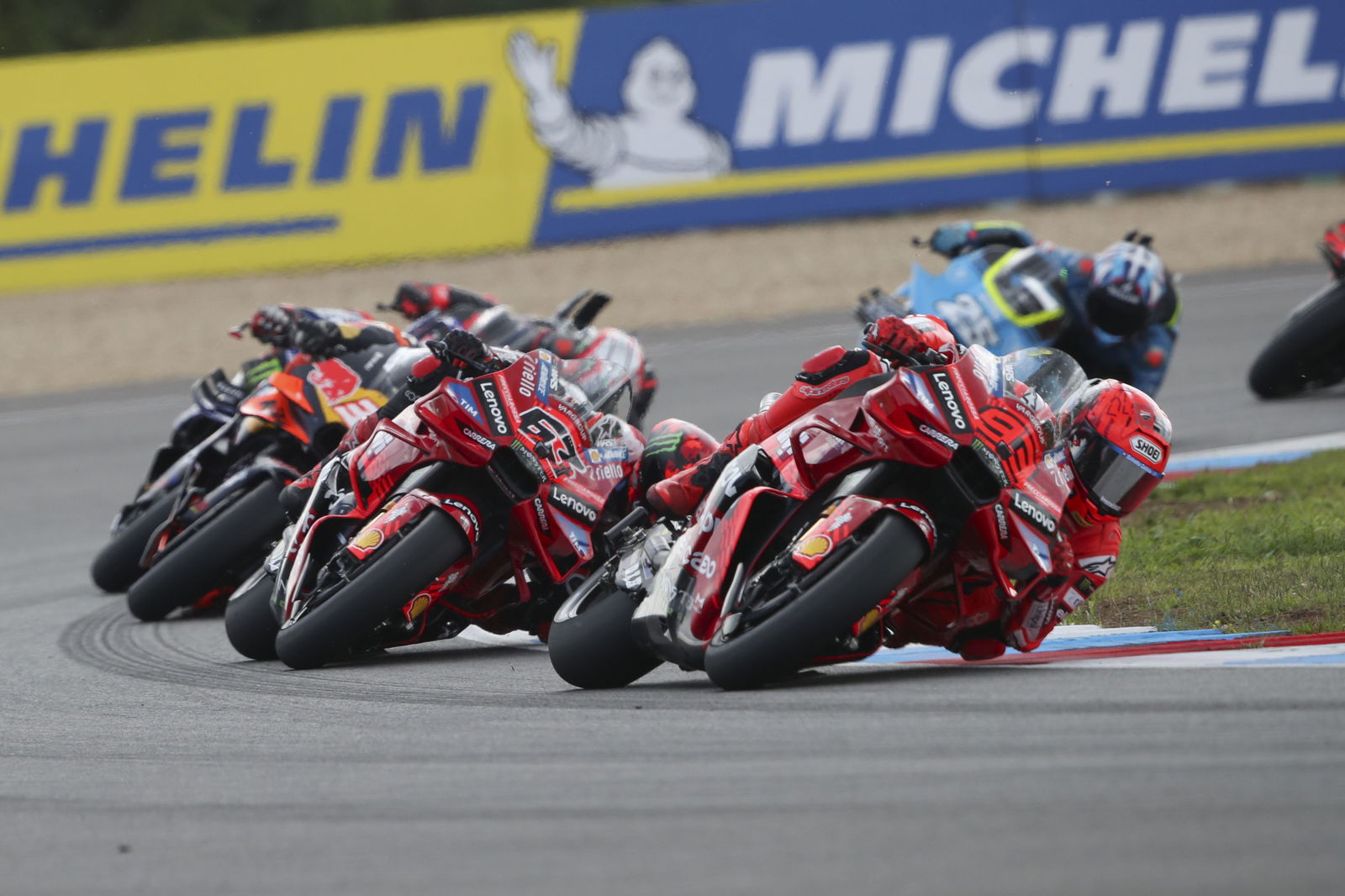
To solely blame Michelin for this situation wouldn’t be fair. MotoGP, the teams and the manufacturers have to take most of it. The experimental front tyre was brought to numerous tests last year but given very little track time by the teams, who had their own programmes to focus on for the season at hand - not 2025.
While that was well within their rights, it was also a case of cutting their noses off to spite their faces. This was a tyre that would have required some adjustment to, but ultimately was designed to improve the racing and avoid the tyre pressure farce once again dominating the headlines.
Equally, though, MotoGP needed to intervene to effectively force more dedicated time to the new front. This is something Formula 1 has successfully done in recent years, either through dedicated tyre tests with all of the teams or by extending free practice sessions during grand prix weekends to allow Pirelli to gather data on experimental compounds planned for the future.
There is, of course, a delicate ecosystem at play in MotoGP. But surely the quality of racing is something that should rank among the highest priorities?
An interim rule until 2027 could help avoid Brno repeat
Come 2027, ride height devices and aerodynamics will be stripped back. So, in theory, Pirelli shouldn’t begin its time as MotoGP’s sole tyre supplier facing the same problem. But the negativity that has surrounded Michelin in recent years because of this rule won’t have gone unnoticed.
Where the current tyre pressure rule doesn’t apply is in wet or flag-to-flag conditions. Perhaps that can be extended to cover new tracks, or circuits with fresh asphalt. The returning Brno has been repaved for the 2025 event, to the point where the pole time on Saturday was over two seconds faster than the previous lap record.
The lack of dry track time this weekend, coupled with the lack of knowledge on the new asphalt, ultimately led Ducati to believe the front tyre would be worked in a different way based on what little data it had coming into the sprint.
Its calculations proved to be wrong, though as Marc Marquez explained not by much, as his front pressure instantly got back into the right window after one lap of following Acosta. In theory, everyone will now be able to avoid a repeat in the grand prix.
It could be argued that teams would exploit the relaxing of the rule on new circuits or new surfaces. But these bikes have been developed around the current front tyre operating within the parameters of the pressure limit. So, that’s not likely to be a major issue. The rule could also be tweaked to ensure any major flaunting of the limit can still be penalised.
The harsh reality is, however, that nothing will likely change in this regard in the near future.
This is unfortunate because whenever it crops up, it only serves to overshadow the racing. KTM celebrated a strong double sprint podium for the first time in what has been a tough year. World champion Jorge Martin put in a strong comeback on the Aprilia. But tyre pressures remain on the tip of everyone’s tongue.
As Liberty Media gets to grips with its new acquisition, it can’t be too thrilled it has inherited a problematic regulation that does nothing but harm MotoGP…
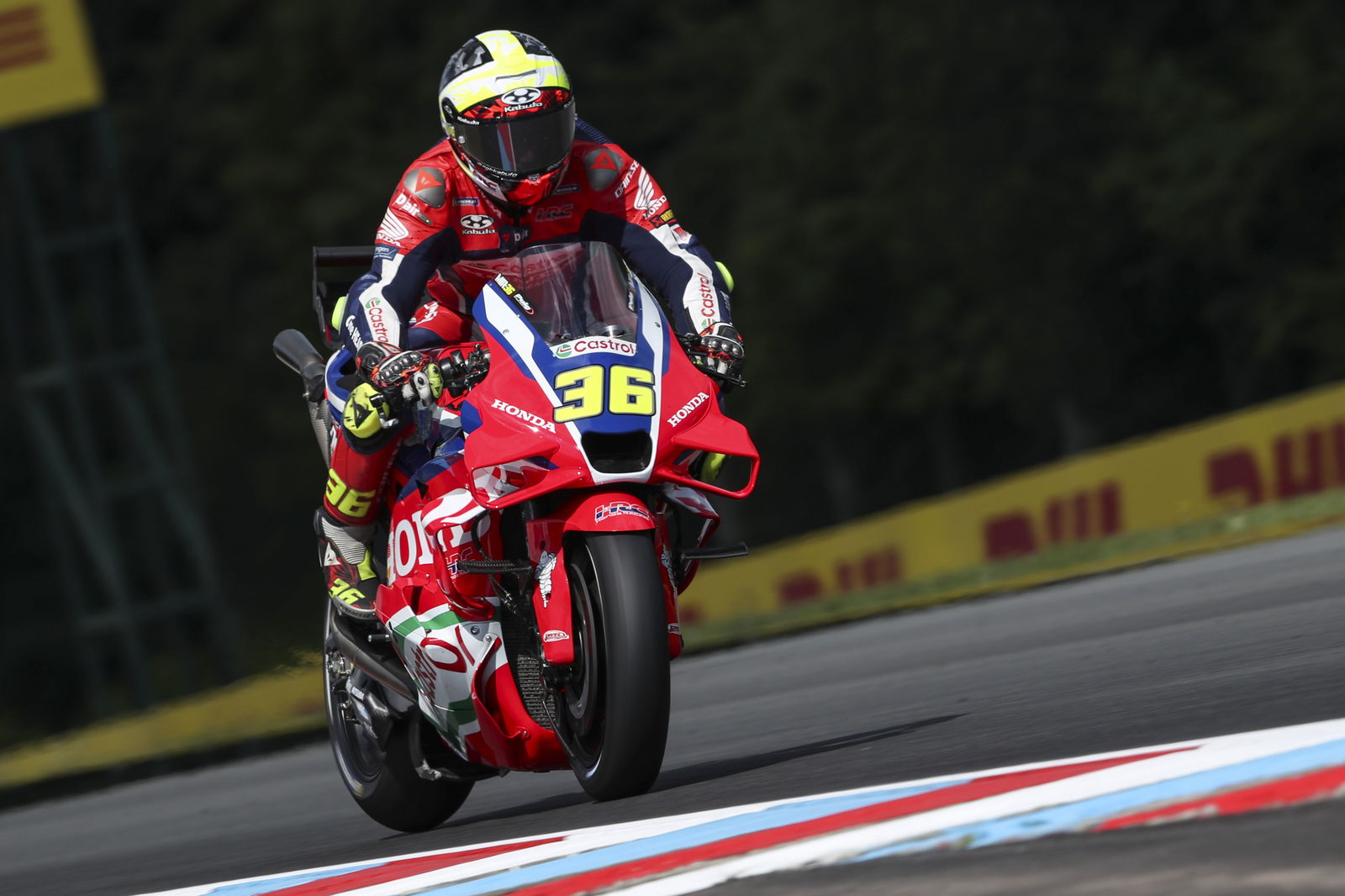
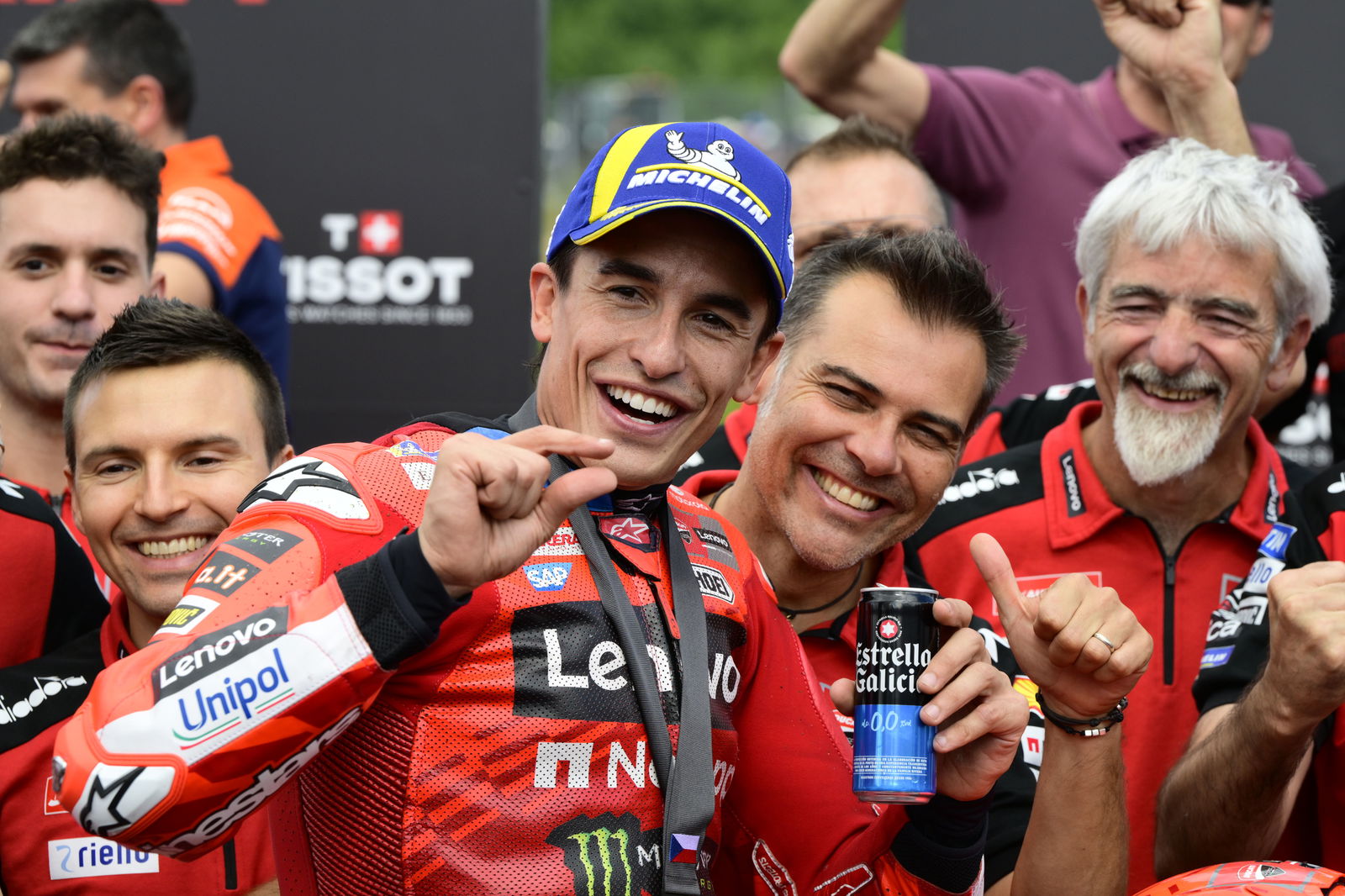
.jpg)
